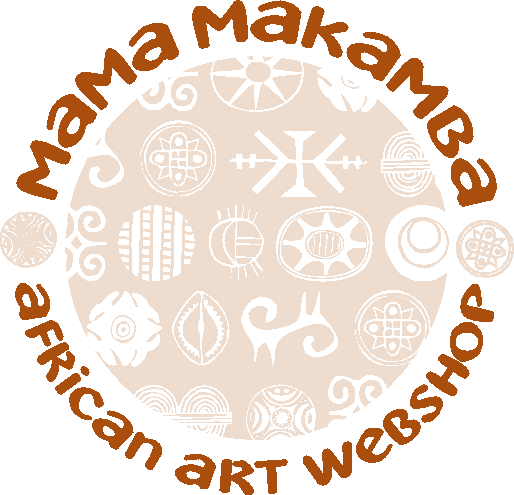Our Tribes
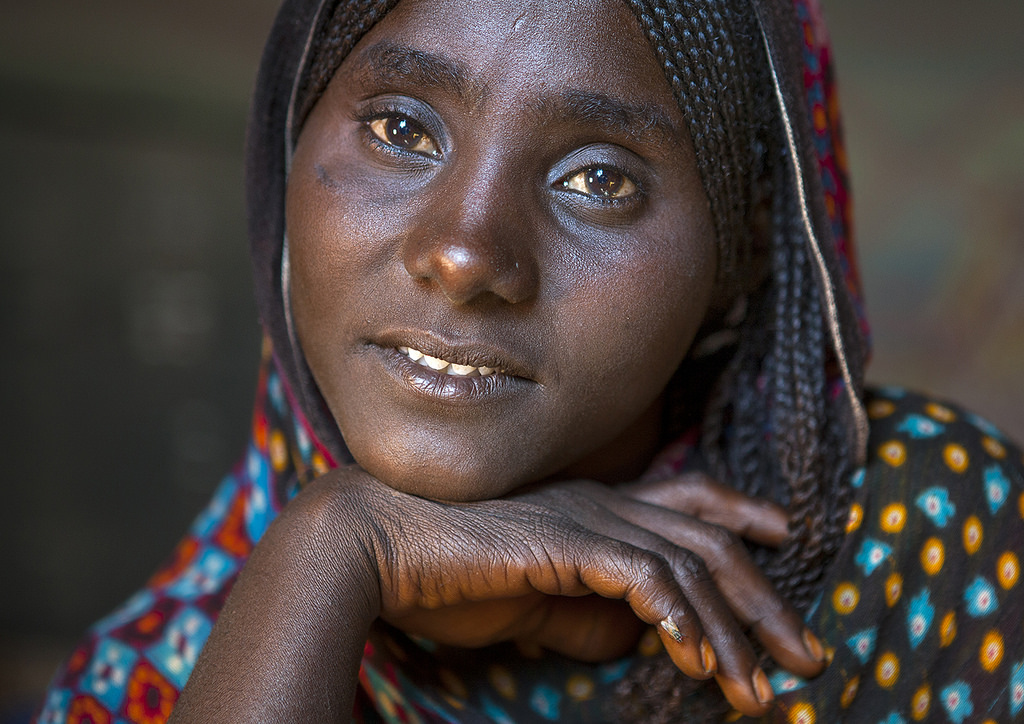
Etiopia - Afa
The Afar Triangle, the northern part of which is the Danakil Depression, is part of the Great Rift Valley of Ethiopia, and is located in the north of the region. It has the lowest point in Ethiopia and one of the lowest in Africa. The southern part of the region consists of the valley of the Awash River, which empties into a string of lakes along the Ethiopian-Djibouti border. Other notable landmarks include the Awash and Yangudi Rassa National Parks.
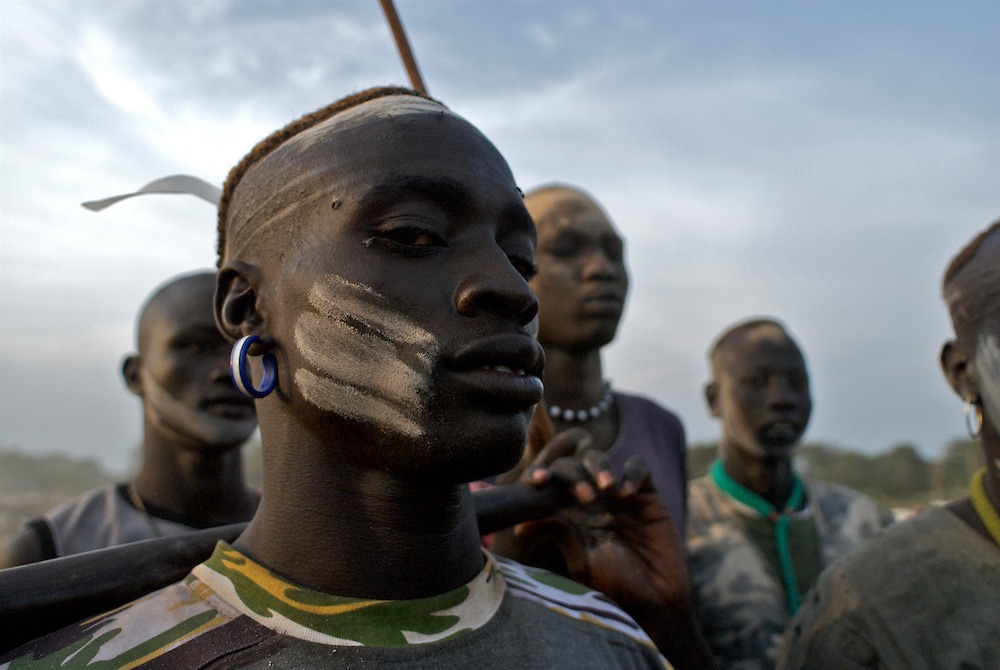
South Sudan - Dinka
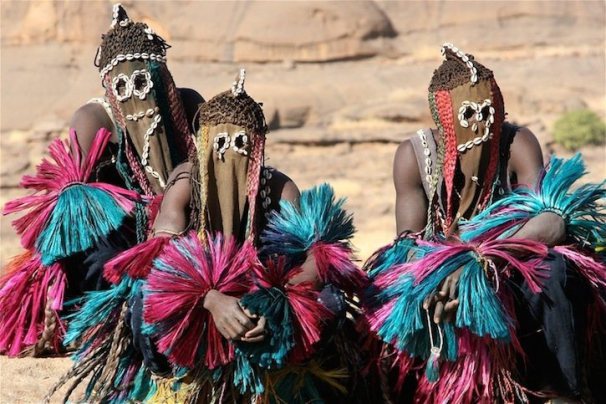
Mali - Dogon
The Dogon are best known for their religious traditions, their mask dances, wooden sculpture and their architecture. The past century has seen significant changes in the social organisation, material culture and beliefs of the Dogon, partly because Dogon country is one of Mali’s major tourist attractions
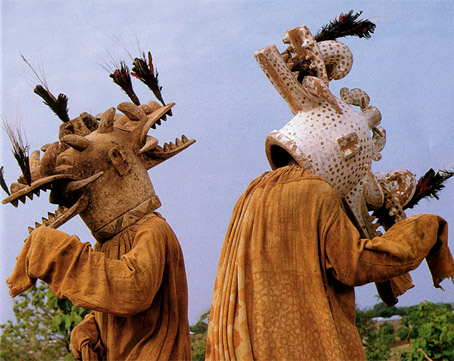
Ivory Cost - Senufo
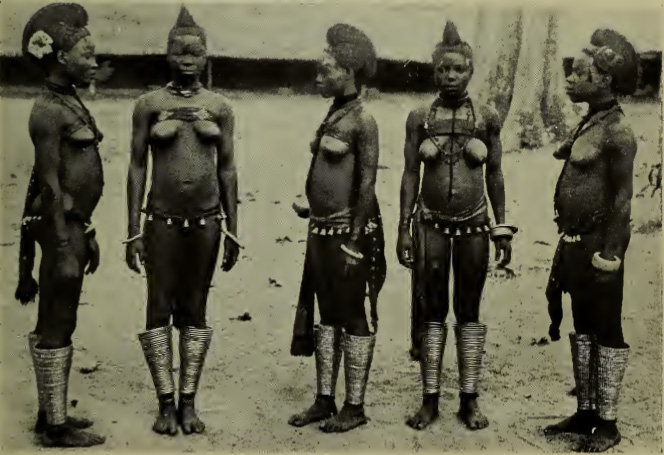
DRC - Songye
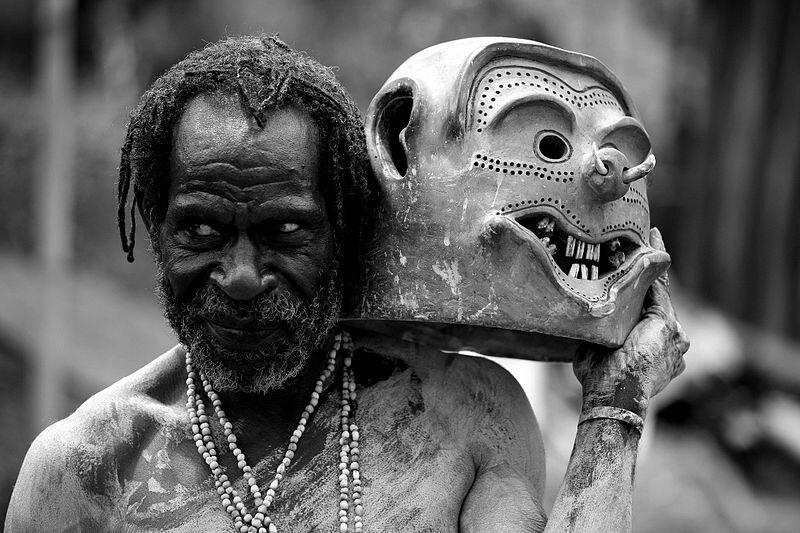
Ivory Cost - Gerembo
Kings or chiefs often wore a heavy brass ankle ring, which was put on in early life by a blacksmith, and worn to the death. These anklets were considered animate, and regularly fed human blood.

Angola - Chokwe
They are regionally famous for their exceptional crafts work, particularly with baskets, pottery, mask carving, statues, stools and other handicrafts.The art work include utilitarian objects, but often integrates Chokwe mythologies, oral history and spiritual beliefs. For example, the culture hero Chibinda Ilunga who married a Lunda woman and took over power is an often sculpted figure. The Cikungu art personifies the collective power of Chokwe’s ancestors, while Mwana po figurines depict the guardians of fertility and procreation. The Ngombo figurines have been traditionally a part of divining spirits who are shaken to tell causes of illness, misfortune, not having babies and other problems faced by a family or a village.
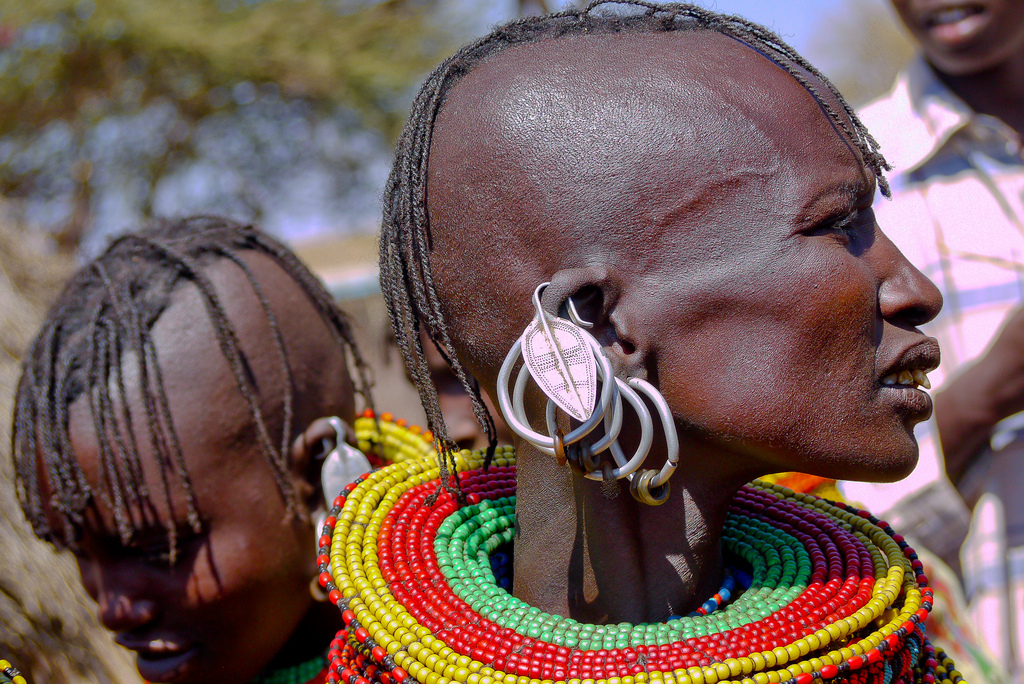
Kenya - Turkana
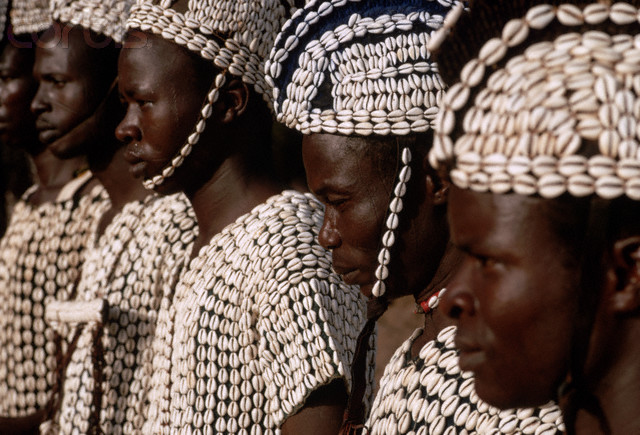
Ivory Cost - Baule
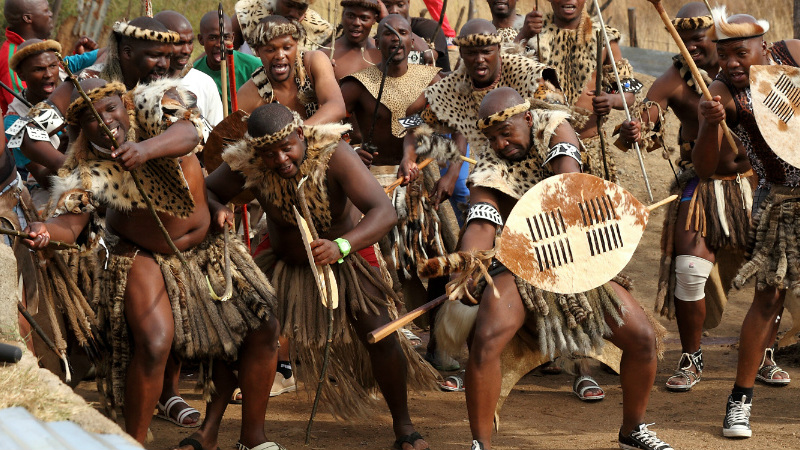
Zimbabwe - Tsonga
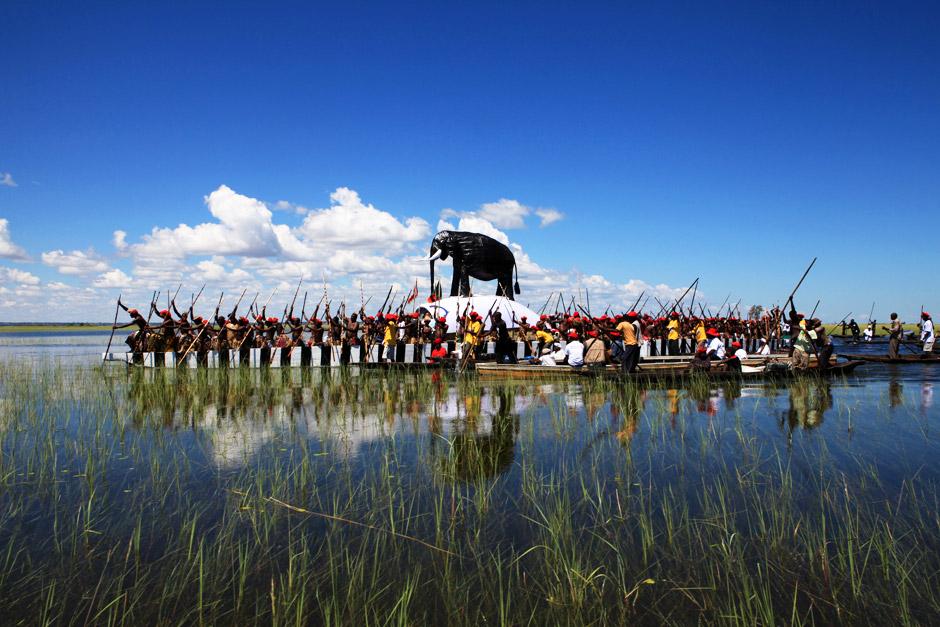
Zambia - Lozi
Industrial Arts. The Lozi are skilled ironworkers. Blacksmiths smelt the iron ore obtained from stream and river beds and from swamp soils to produce axe, hoe, and mattock heads, snuff spoons, crocodile hooks, knife blades, dagger blades, iron ankle-rings, hammers, and other items. A skilled and experienced blacksmith will often embellish his work with punched ornamentations or bosses. Many utilitarian pots are vase shaped and without handles; some of these are decorated around the neck with patterns of a lighter or darker color, others are highly polished to give the appearance of glaze. Large urn-shaped maize bins are made of unbaked clay and also have clay lids. On the front of these vessels, close to the bottom, is a semicircular opening protected by an interior slide, which may be lowered or raised by horizontal handles.
The average Lozi can carve a knobkerrie or a handle for an axe or a hoe; the Lozi also produce excellent dugout canoes. Many of the wooden artifacts used by the Lozi, such as stools, bowls, and dishes, are probably obtained in trade from neighboring tribes.

Nigeria - Nupe
The Nupe were described in detail by the ethnographer Siegfried Nadel, whose book, Black Byzantium, remains an anthropological classic
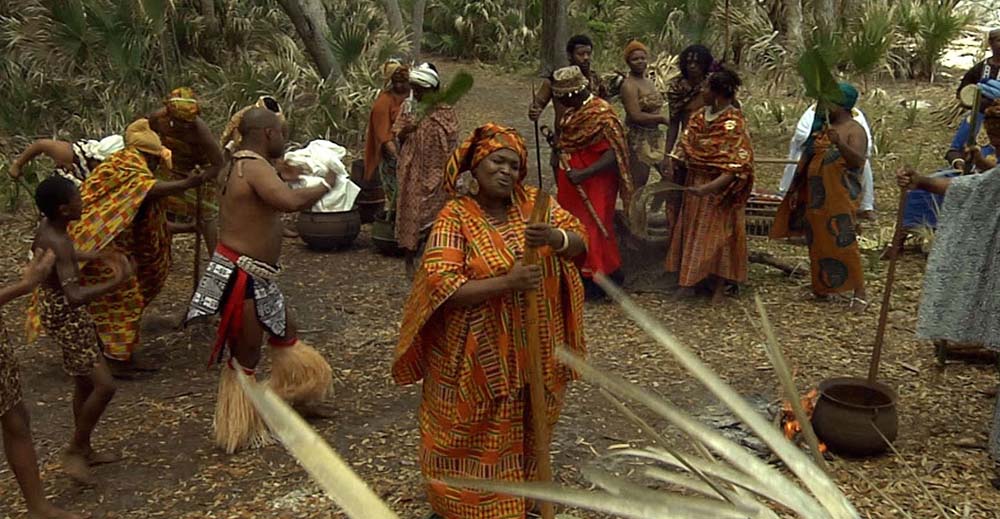
Gabon - Baga
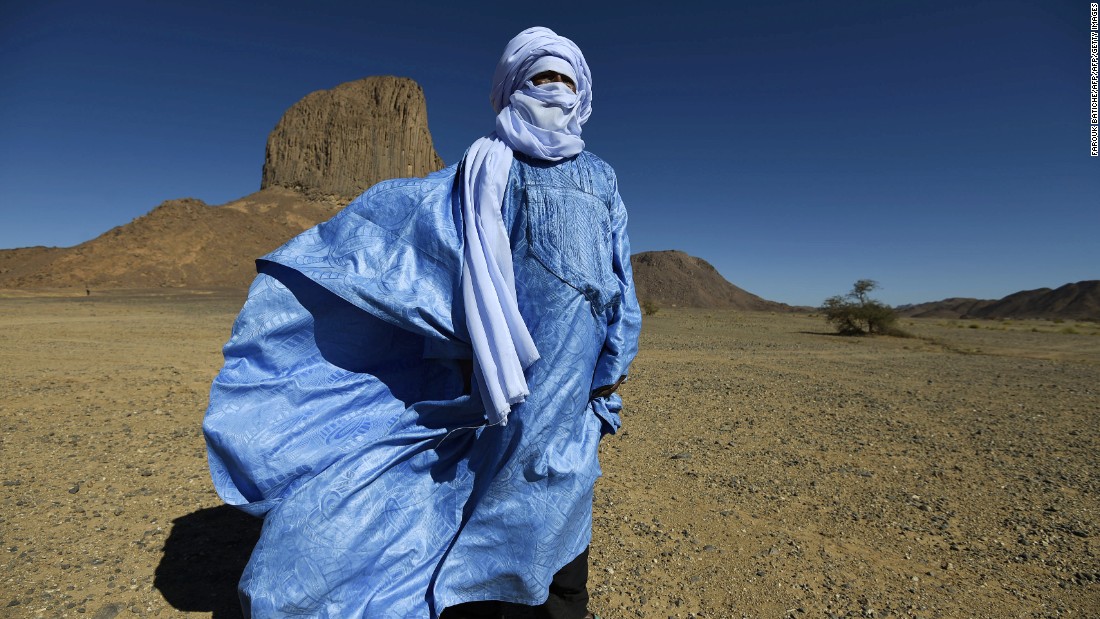
Mali-Niger-Mauritania - Tuareg, nomads from West Africa
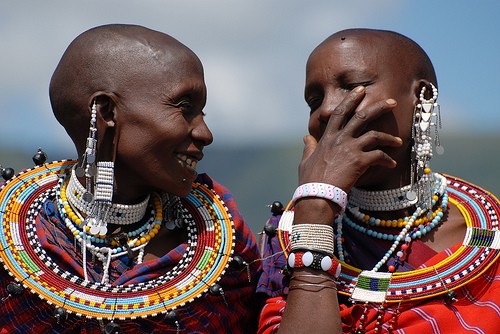
Kenya - Ashanti
The golden stool is sacred to the Ashanti; today great pride in the Ashanti King lives on in the tradition of the Golden Stool. There is an elaborate legend surrounding it that is told by the old men of Ashanti. The golden stool is very carefully protected. No one has ever sat on it and since its arrival; it has not touched the ground. As an Ashanti symbol, the golden stool represents the worship of ancestors, well-being, and the nation of Ashanti. As a symbol of nationhood, and because if contains the sumsum or Soul of Ashanti, the Golden Stool is considered to be so sacred that no person whatsoever is allowed to sit upon it. It is kept with the strictest security and precaution; and is taken outside only on exceptionally grand occasions. Never must it come in contact with the earth or the ground. It is always lying on its own stool or on the skin of an animal such as the leopard. Ashanti’s have on many occasions made great sacrifices to defend it when its safety had been threatened. In 1896 they submitted to the deportation of their King, Prempeh I, rather than resort to a war in which they feared they might suffer defeat and risk the loss of the Golden stool. They deemed the loss of their King a small thing compared with the loss of their Golden Stool.
